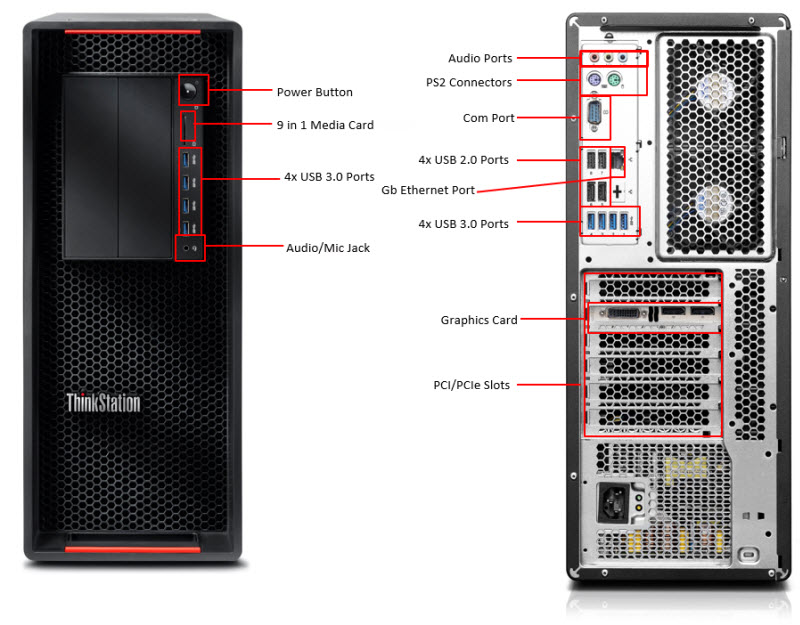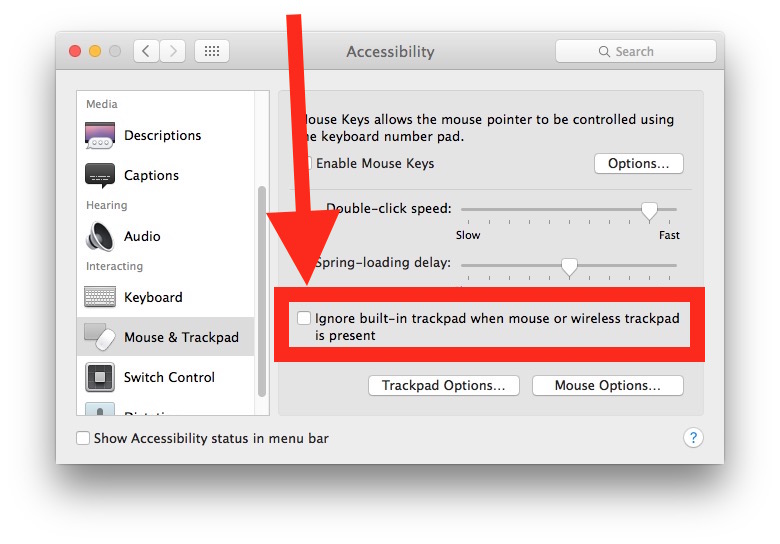Apr 15, 2020 How to Install Software from Unsigned Developers on a Mac. This wikiHow teaches you how to install software that isn't approved by Apple on your Mac. MacOS Sierra marks most unofficial apps as unsigned software, so you'll need to perform. On the Mac, you can do this by going to the Settings app on your Mac, pressing Bluetooth, and then right-clicking on your mouse in the list you see. Click Remove and the mouse will unpair.
With its hand-friendly contoured design and plug-and-forget nano-receiver, the Logitech® Wireless Mouse M310 is the easy-to-use mouse that feels just right. Logitech - Wireless Mouse M310 IE8/IE9/IE10 is no longer a supported browser.
I'm using an external Dell USB keyboard and mouse with my Macbook Pro. They work ok, but there seems to be a bit of 'drag' when I use the mouse. It's difficult to describe, but when I move the mouse slowly the pointer seems to drag, or slip...it's not matching the movement I'm making with the actual mouse. It's not so bad when I make bigger or faster movements, just when I'm using it slowly or precisely.
It's very distracting, and is even making my wrists ache.
Any idea how I can stop this happening - do I need to find a driver to fix the issue?
Thanks for reading.
Macbook Pro, Mac OS X (10.5.6)
Posted on
Today, almost all wired and wireless mice use USB as the interface to the computer. However, older computers may utilize PS/2 or serial ports. If your mouse is wireless, it can be communicating over Bluetooth, RF (radio frequency), or IR(infrared). To proceed, select your connection type from the list below and follow the instructions.
TipIf you want to disconnect a mouse from a computer, do the opposite of the steps provided on this page.

Connecting a wireless USB mouse
A cordless mouse has a small receiver that communicates with the mouse. The receiver connects to the computer via a USB port.
External Mouse Software For Mac Os X
- Look for a USB port in the back or on the side of your computer and plug in the receiver.
If you are unsure what a USB port looks like, there is an example image in the next section.
- Once the wireless receiver is connected to the computer, Windows should automatically find and install the appropriate drivers as long as you're connected to the Internet.
- Make sure there are batteries in the mouse or that it is charged.
- Next, verify that the mouse is turn on. Many wireless devices have an on and off switch on the bottom of them.
If the mouse you want to change how any special buttons work, additional software may need to be installed. If the mouse is not functioning, see our mouse troubleshooting section.
Connecting a wired USB mouse
Connect the USB cable coming from the mouse to one of the USB ports (shown right) on the back or side of your computer. If you are using a USB port hub, connect the mouse cable to that.
Best Mouse For A Mac
After the mouse is connected, the computer should automatically install the drivers and provide basic functionality. If the mouse you want to change how any special buttons work, additional software may need to be installed.
If the mouse is not functioning, see our mouse troubleshooting section.
Connecting a Bluetooth mouse
A Bluetooth mouse connects to a computer wirelessly using a Bluetooth signal. The computer must have built-in Bluetooth or have a Bluetooth adapter connected to it.
To connect a Bluetooth mouse to your computer, follow the steps below.
- Open the Bluetooth utility on your computer and make sure Bluetooth is turned on. The Bluetooth utility, if enabled, is found in the notification area, with an icon that looks like the Bluetooth symbol.
- Turn on the mouse if it has an On/Off switch. Check the Bluetooth utility to see if it detects the Bluetooth mouse.
- When the Bluetooth utility finds the Bluetooth mouse, select the mouse in the Bluetooth device list and click the Pair button.
- If successful, the mouse connects to the computer.
If the Bluetooth utility does not detect the Bluetooth mouse, check the bottom of the mouse or inside the battery compartment for a small button. If found, press the button, as it may be required for the mouse to be discoverable by the computer. If no button is found and the mouse came with a software installation disc, install the mouse software on the computer. After installing, check the Bluetooth utility to see if it detects the Bluetooth mouse.
Connecting a PS/2 mouse
NoteBefore connecting or disconnecting the PS/2 mouse, make sure the computer is turned off.
Connect the cable coming from the mouse to the green-colored PS/2 port (shown right) on the back of the computer. If your PS/2 ports are not color-coded, the mouse port is the furthest port from the left side of computer chassis (when viewed from the back).
After the mouse is connected, the computer should automatically install the drivers and provide basic functionality. If the mouse you want to change how any special buttons work, additional software may need to be installed. If the mouse is not functioning, see our mouse troubleshooting section.
Connecting a serial mouse
 Note
NoteWhen connecting or disconnecting a serial mouse, make sure the computer is turned off.
Connect the mouse to the serial port on the back of the computer. If you have more than one serial port on the computer, we recommend connecting the mouse to the first port. Once connected, depending on your computer setup, you may need to configure the mouse COM ports in BIOS setup.
Today, most computers no longer have serial ports. Most serial mice are specialized, so to use one, you need to install the software included with the mouse, or from the mouse manufacturer's website.
TipExternal Mouse For Laptop
If you're having problems connecting a serial mouse because the computer has no serial port or the port is not working, consider using a serial to USB adapter.
BIOS setup
If you have an older computer (2005 or earlier) with a serial or USB mouse, it may be necessary to configure the ports in BIOS setup. If you have a newer computer, this section can be skipped.
Older computers with serial mice
If you're using a serial mouse and it's not detected, verify that the serial ports or COM ports are enabled and properly assigned in BIOS.
Older computers with USB
If the mouse connects via USB, make sure USB is enabled and if available, also ensure that the USB legacy support is enabled. USB legacy support allows the mouse to work in legacy mode, for example, DOS.
Mouse troubleshooting
If your mouse is not working after following the steps above, additional troubleshooting may be required.
- Computer mouse help and support.
Additional information
Wireless Mouse For Mac
- See the mouse, PS/2, serial port, and USB definitions for further information and related links.